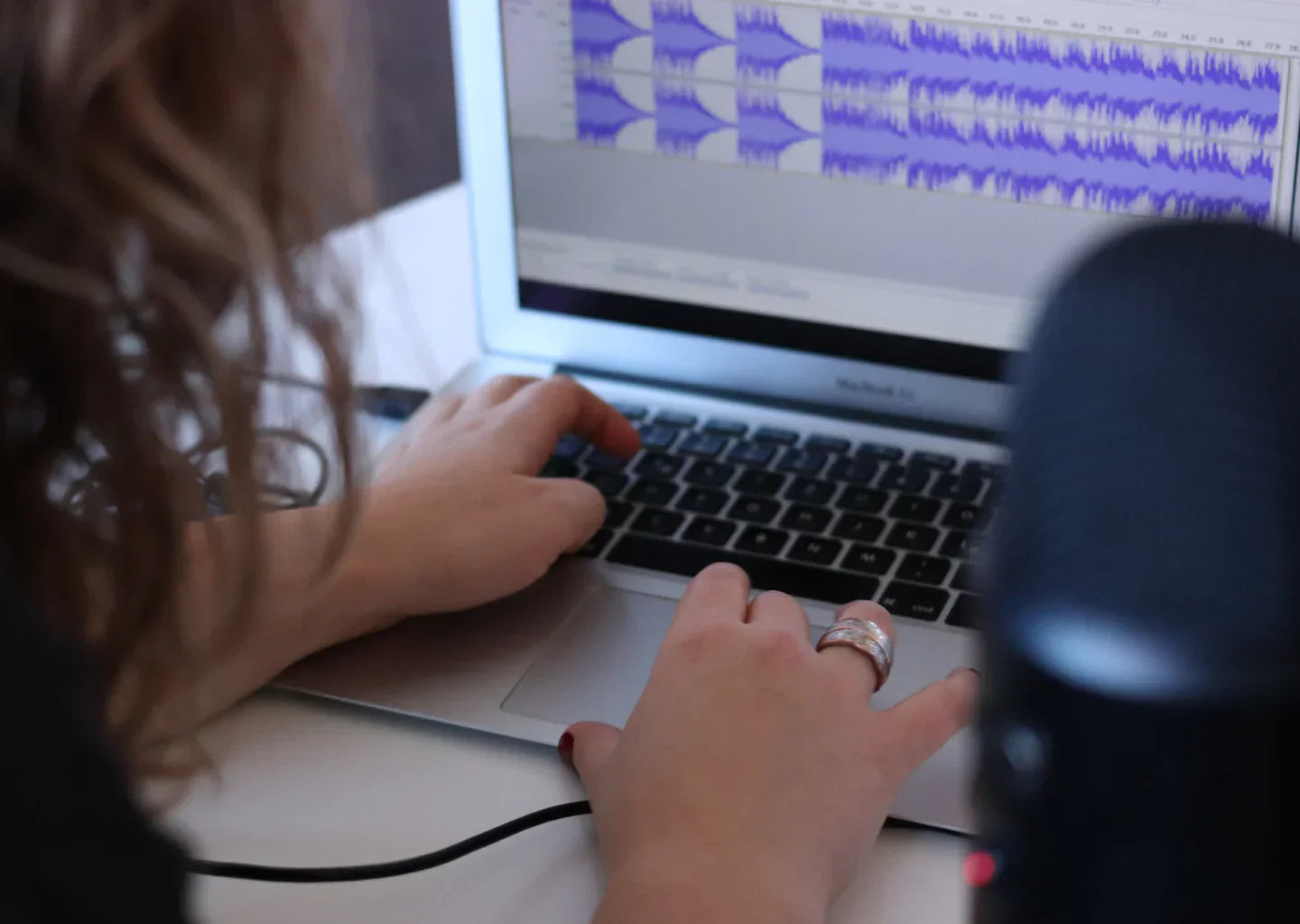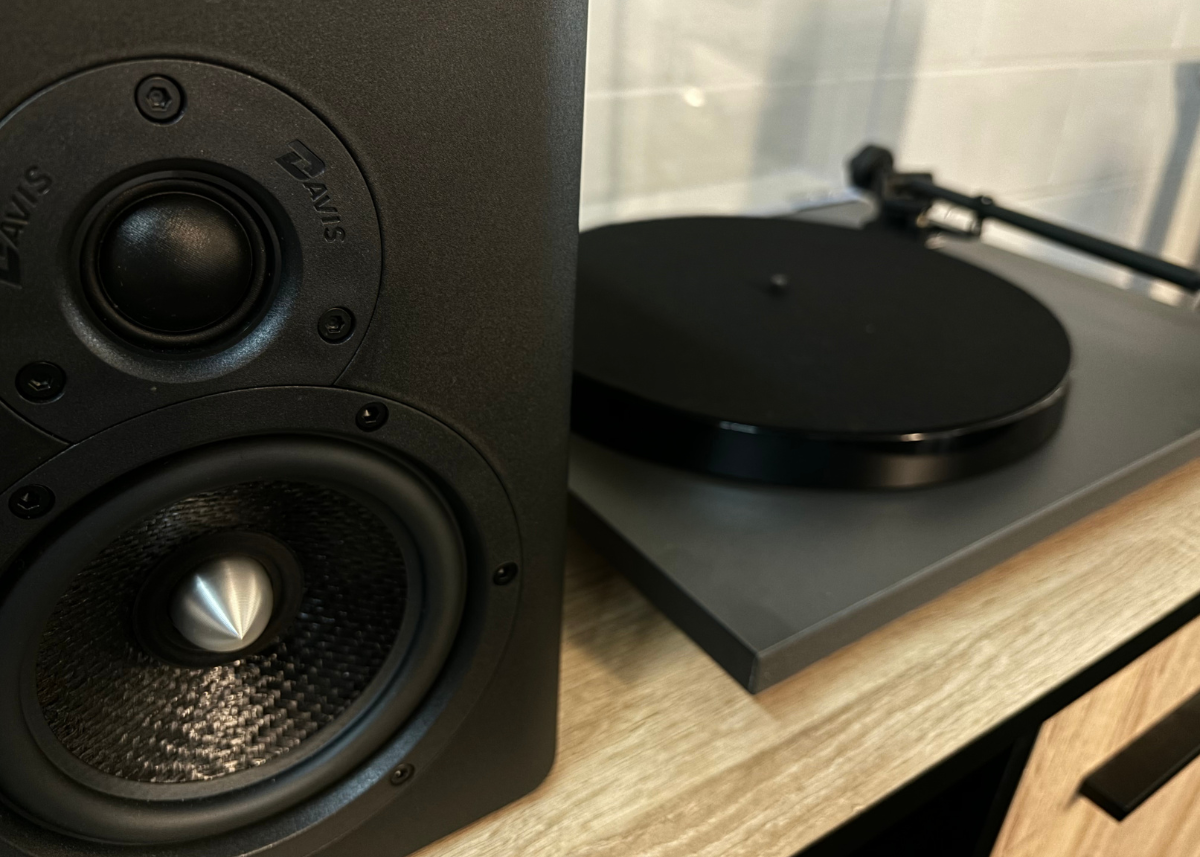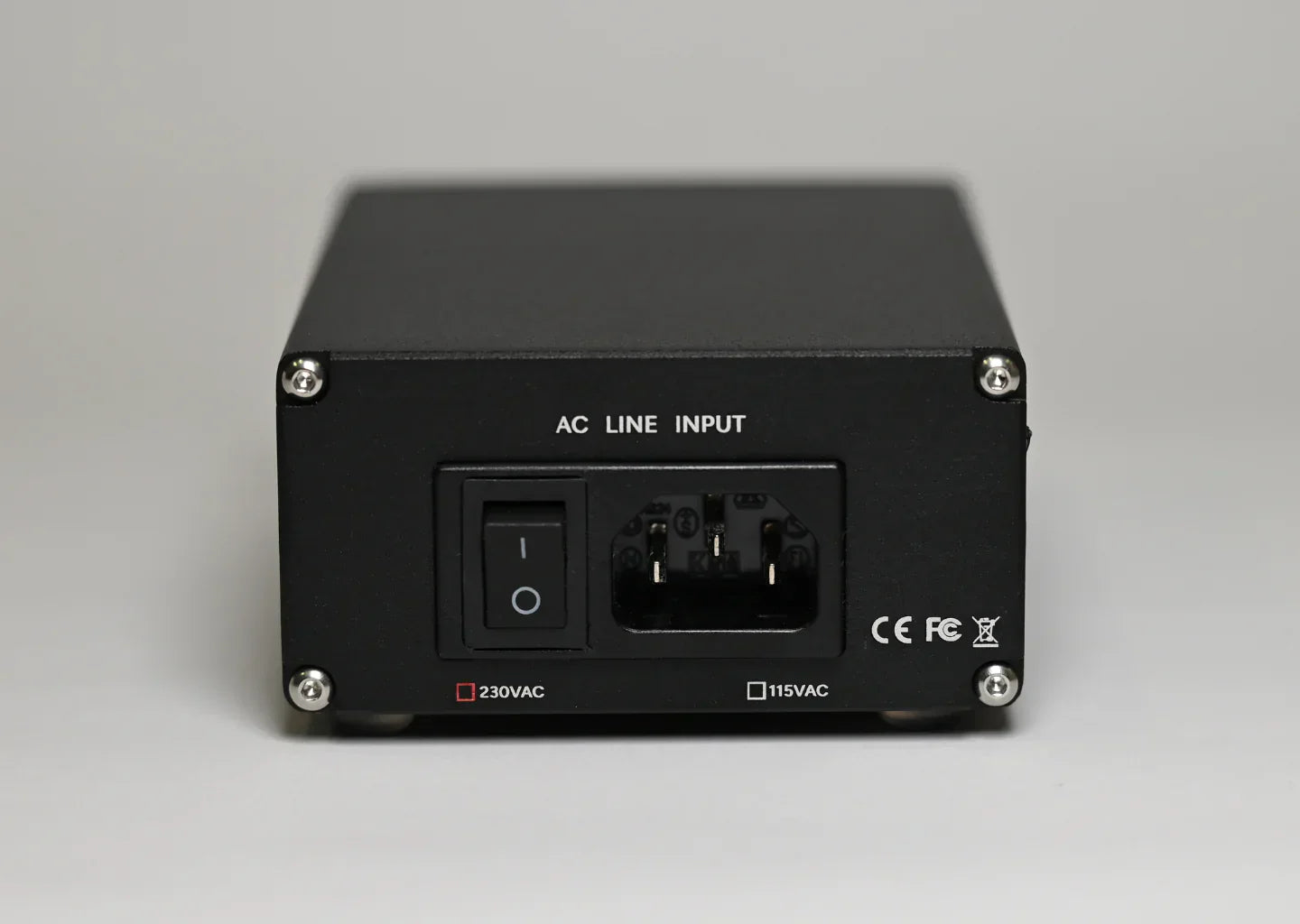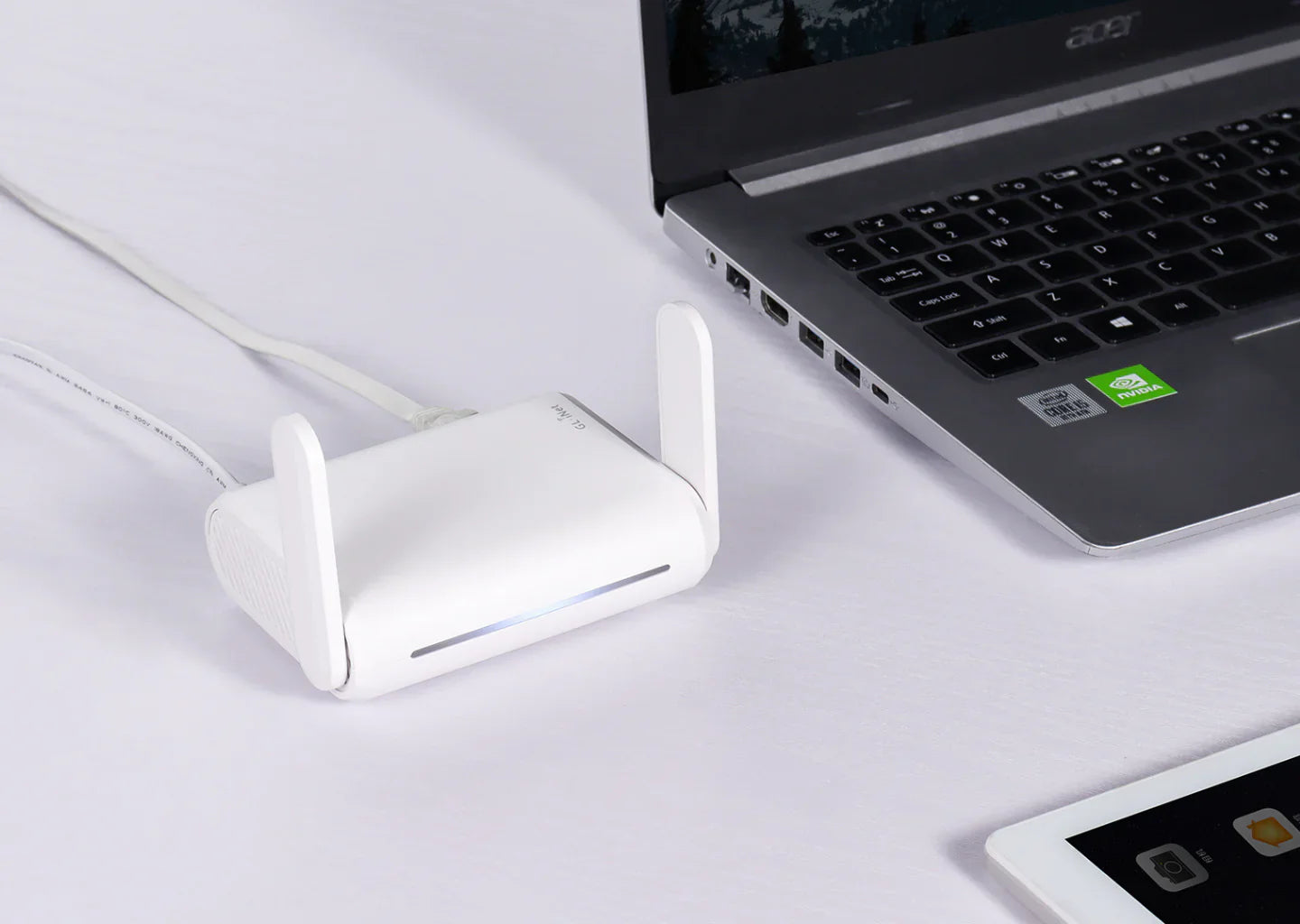The evolution of technology has transformed the way we consume music. Many audio file formats have appeared, but it is not always easy to understand their differences. Here we will talk about the most common ones.
Analog to digital conversion
First of all, we must remember the difference between analog and digital audio.
Before the advent of digital, music was recorded on tape and sound was burned onto vinyl, these processes are analog.
Digital audio uses computer code, so a way had to be found to translate the sound wave (analog) into a signal that could be understood by computer devices, that is, a signal made of 0s and 1s (digital). To do this, an analog-to-digital converter is used that will cut the sound wave into small pieces called samples .

Sampling frequency
Sampling consists of transcribing, at regular intervals, the value of a signal. The sampling frequency is the number of samples per unit of time and is expressed in hertz.
The higher the sampling frequency, the better the quality of the resulting digital signal.

The CD standard is 44,100 Hz , which means that for every second there are 44,100 samples. This sampling rate was chosen for two main reasons.
The first reason is that the human ear can only perceive sounds in the 20 Hz - 20,000 Hz spectrum. To avoid losses when digitizing the sound, the sampling frequency must be at least twice the maximum frequency of the sound to be converted, i.e. minimum 40,000 Hz.
This is why 44,100 Hz is the standard, it covers the entire range of frequencies audible to the human ear and even a little more. This means that if you export music with a sample rate higher than 44,100 Hz, your ear will theoretically not be able to hear the difference.
The second reason is the storage capacity constraint of CDs. With this resolution a CD can contain 80 minutes of music, doubling this sampling would have halved this capacity.
The main audio formats
Audio files can be categorized into 3 different categories: lossy compressed, lossless compressed, and uncompressed .
Audio compression aims to reduce the amount of data , to store music more easily . Compression can be more or less important, it is what determines the value of the flow rate , that is, the flow of information per second, it can be between 32 kbps and more than 1000 kbps.
Lossy compressed formats

Most lossy compression algorithms take advantage of the peculiarities of human hearing to remove data that they consider “less important”, such as frequencies that the human ear cannot perceive or at least with great difficulty. These algorithms are destructive , with details being completely removed to reduce file size. Depending on the intensity of compression, audio quality can be significantly degraded .
- MP3 (MPEG-1 Audio Layer III or MPEG-2 AUdio Layer III)
The MP3 format is a highly compressed format, its quality is lower compared to other formats but it has the advantage of being able to be stored easily since it takes up little space in addition to being compatible with all devices. Its flow rate can be between 32 and 320 kbps.
- AAC (Advanced Audio Coding)
This format offers an excellent compromise between compression rate and sound quality, very close to that of a CD. ACC requires a paid license for manufacturers, which makes this format less universal than MP3.
- WMA (Windows Media Audio)
This format has a compression that is substantially identical to MP3, with the difference that WMA retains certain high frequencies. It natively supports rights management systems (DRM), which makes it possible to verify the legality of the download.
- Ogg
Ogg is an open source format, it has a higher quality than ACC for an equivalent bitrate. It owes its differences to its compression structure processed by packets.
Its bitrate can go up to 500 kbps although at 256 kbps its quality level is close to CD.
Lossless compressed formats

Lossless formats compress data without destroying it , it is simply reorganized so that it takes up less space. When read, the data is decompressed and returns to its original state. These are the formats offered by HI-FI streaming platforms such as Qobuz, Tidal or Apple Music.
- FLAC (Free Lossless Audio Codec)
This format is open source, its audio quality is much higher than other formats while offering a limited file size with a bitrate that can exceed 1000 kbps.
This is the most common high definition format, most devices are now able to support it. However, it requires much more storage space than lossy formats.
- ALAC (Apple Lossless Audio Codec)
ALAC is Apple's version of FLAC, so it is only compatible with Apple devices. It is criticized for being a little less efficient with a compression of 40% to 50% (compared to 60% to 70% for FLAC)
Uncompressed formats

Uncompressed formats do not apply any processing , the analog waves are converted into digital format and it is this same format that is contained in the files. The disadvantage is that they can be very large and therefore difficult to store and that they require a much longer download time than a lossless compressed file for example.
- WAV (Waveform Audio File Format)
WAV is not a format in itself but a container of different formats (PCM most of the time). WAV is flexible, it allows you to choose whether or not to apply compression, it is a very high quality format but not suitable for listening on a smartphone because of the weight of the files.
- AIFF (Audio Interchange File Format)
AIFF is an Apple version of WAV, so it is only compatible with Apple devices. Unlike WAV, AIFF supports metadata management.
- DSD (Direct Stream Digital)
DSD is a fairly rare file format despite its performance. For many audiophiles, DSD is the format par excellence. It is differentiated by its conversion method called Delta Sigma.
Octavio Stream is a WI-FI network player that allows you to stream music from streaming services (Qobuz, Tidal, Deezer, Spotify and Apple Music) to Hi-Fi audio systems. The Octavio Stream has a Burr Brown PCM5102A DAC that supports the majority of formats such as MP3, OGG, WMA, APE, ALAC and FLAC and supports resolutions up to 24-bit/192 kHz.
By using our Octavio Virtuose application to stream FLAC formats available from Qobuz on your Octavio Stream , you are guaranteed to have no loss of sound quality and to be able to fully enjoy Hi-Res.
In conclusion,
There are many different audio file formats that cater to different uses. It's all about finding the balance between sound quality and the convenience of storage and playback. You should also consider the devices you're streaming your music to.
Today, with storage constraints decreasing and speeds increasing, higher quality file formats are set to become more widespread.

Octavio Stream is a WI-FI network player that allows you to stream music from streaming services (Qobuz, Tidal, Deezer, Spotify and Apple Music) to Hi-Fi audio systems. The Octavio Stream has a Burr Brown PCM5102A DAC that supports the majority of formats such as MP3, OGG, WMA, APE, ALAC and FLAC and supports resolutions up to 24-bit/192 kHz.
Using our Octavio Virtuose app to stream FLAC formats available from Qobuz on your Octavio Stream , you are guaranteed not to have no loss of sound quality and to be able to take full advantage of Hi-Res.







